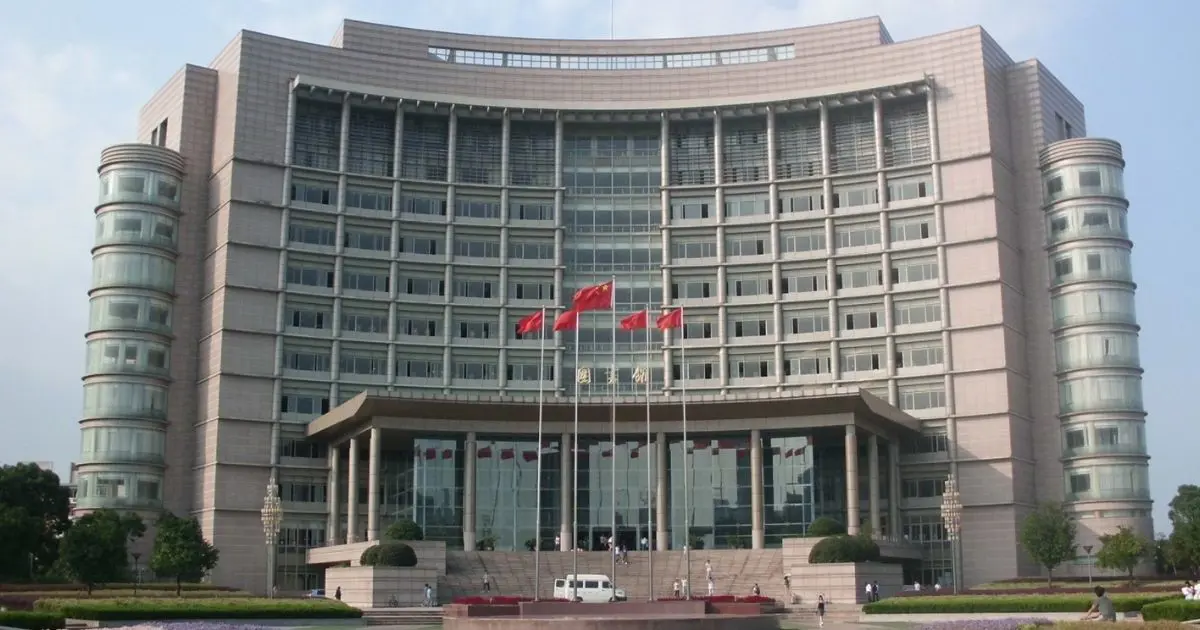Lighter than air, yet very, very powerful
By Kiron Kasbekar | 03 Jan 2024
I was watching a video by astronomer Neil deGrasse Tyson, in which he demonstrates a bit of aerogel to special effects designer and fabricator, actor, educator, and television personality Adam Whitney Savage of the Discovery Channel television series MythBusters fame, and his StarTalk co-host, Chuck Nice.
And Savage and Nice (what a combination of names!) are all agog, waiting for Tyson to show them the aerogel cube.

These two TV personalities are typical of the vast majority of people in the world who have never handled, or even seen a piece of aerogel. I should add that most people have never even read or heard of aerogels. I was one of them until recently.
Tyson says that when you put aerogel on a space probe, and when it flies through a comet's tail, particles of the comet enter the gel and slow down to a stop, and the probe brings back the comet’s material intact for scientists to analyze. The particles remain insulated on the ride back to earth.
The material is made up of a solid polymer chain that is spun up, but then all the liquid is evaporated and what’s left are the molecules spreading out to flesh out the volume that the liquid wants to occupy. Such a structure leaves tiny gaps between the molecules, and it turns out that most of the volume of the structure is empty space.

In March 2013 Chinese scientists pulled off a remarkable feat. They created the world’s lightest aerogel. Tipping the scales at a mere 0.16 milligrams per cubic centimeter – that’s a sixth of the weight of air!
This feather-like marvel, a blend of carbon nanotubes and graphene, isn’t just a scientific curiosity. Its creators see it as a game-changer in environmental remediation, particularly for tackling oil spills.
While carbon nanotube aerogels have been around before, this one’s set to soar above the others like a feather on air. Instead of invisibility cloaks, as explored in earlier research, the team at Zhejiang University envisions a future where this ‘carbon aerogel’ becomes a powerful tool for cleaning up our oceans and waterways.
The potential is staggering. While the usual oil absorbents struggle to soak up more than 10 times their own weight, this lightweight wonder can reportedly handle a whopping 900 times its mass! Imagine: one gram of this aerogel, absorbing a staggering 68.8 grams of oil every second. Pollution cleanup at warp speed!

Professor Gao Chao, a lead researcher at Zhejiang University, sums it up perfectly: ‘Carbon aerogel is expected to play a key role in pollution control, from oil spills to water and even air purification.’ This isn’t just about oil spills; it’s about a cleaner future for everyone.
But how do they make this magic material? The secret lies in freeze-drying. Not only does it eliminate moisture that can weigh down the aerogel, but it also maintains the crucial properties needed for its incredible performance. This technique also opens the door to large-scale production, paving the way for wider adoption.
The research detailing the development of this carbon aerogel can be found in the journal Advanced Materials (‘Multifunctional, Ultra-Flyweight, Synergistically Assembled Carbon Aerogels’).
Aerogels have been around since the middle of the 20th century when Monsanto began to use the technology developed by American scientist and chemical engineer Samuel Stephens Kistler around the year 1930.
In the 1940s, Monsanto became interested in silica aerogels and began producing a commercially available version called Santocel. This was one of the first commercially available aerogels and was primarily used as a high-performance insulating material in various applications, including cryogenics and aerospace.
Monsanto’s focus was purely on producing and selling Santocel, not on the fundamental research and development of aerogels. They didn’t significantly contribute to advancements in aerogel synthesis or its application in new fields.
Monsanto's involvement with Santocel and aerogels was also relatively brief. By the 1960s, they faced challenges with production costs and competition from other insulating materials, leading them to eventually discontinue production of Santocel.

Other organizations carried the baton forward, including Aspen Aerogels, Cabot Corporation, and NASA. And now, thanks to their unique properties, aerogels are used in a variety of areas, including filtration, catalysis, energy storage, and biomedical engineering.
What sets Zhejiang University’s achievement apart is not only the incredible properties of the carbon aerogel but also the innovative manufacturing approach employed. The Chinese scientists managed to reduce the weight of their aerogel compared to previous carbon-nanotube versions by utilizing a freeze-drying technique, effectively removing any residual moisture from the carbon nanotubes and graphene while preserving the necessary characteristics for aerogel formation.
This technology is still in its formative stages. We can only wonder how far it will take us in the future.